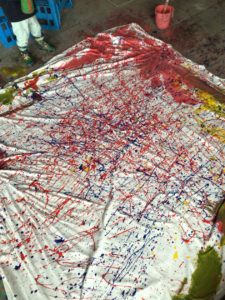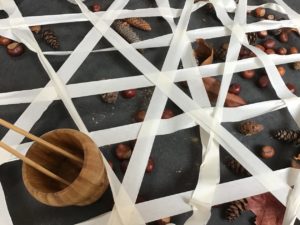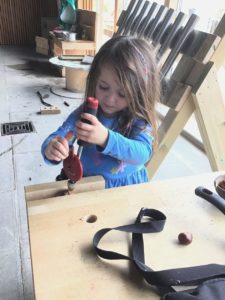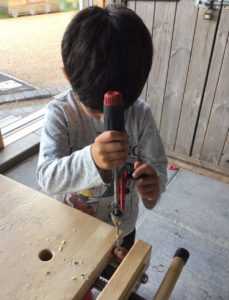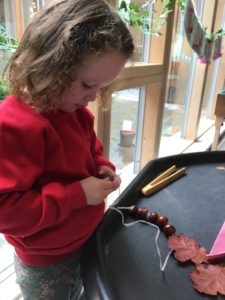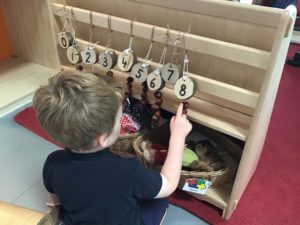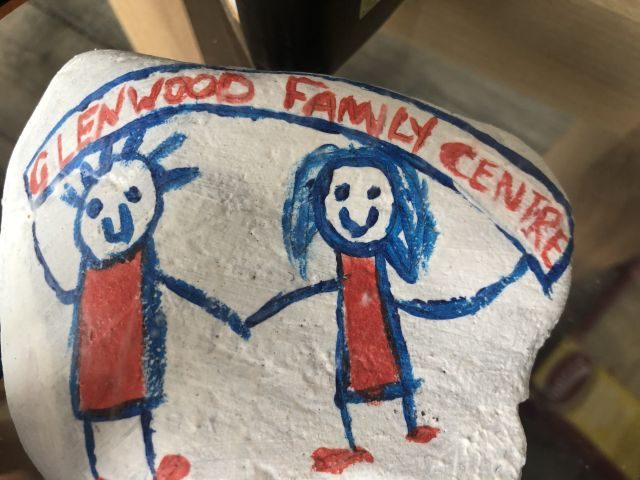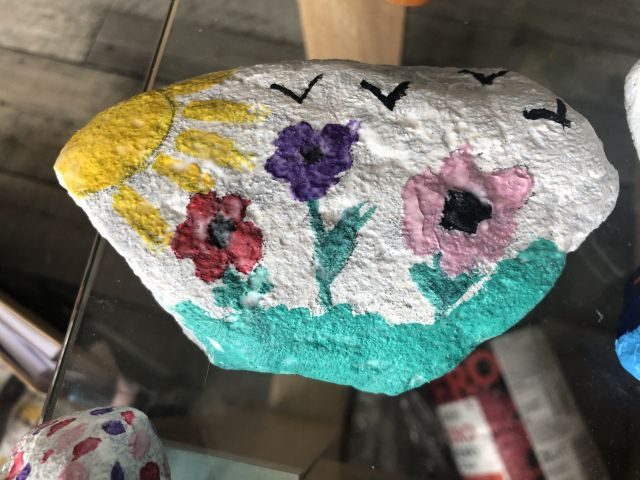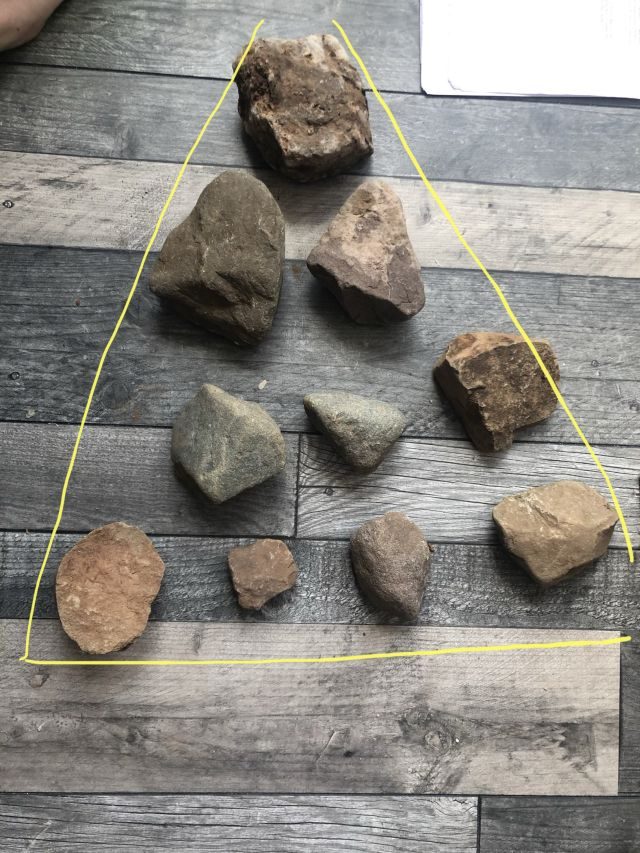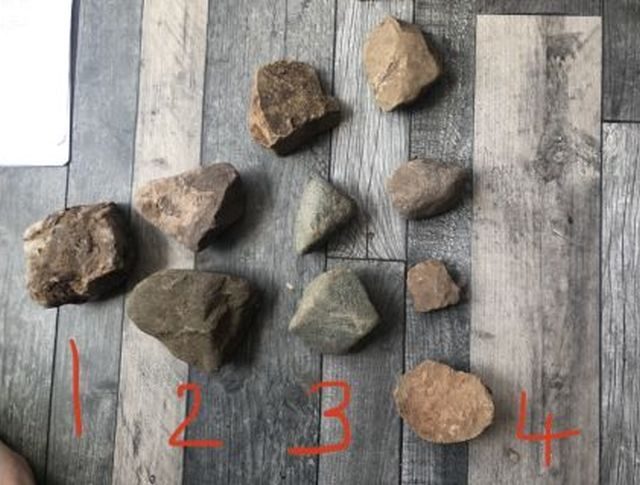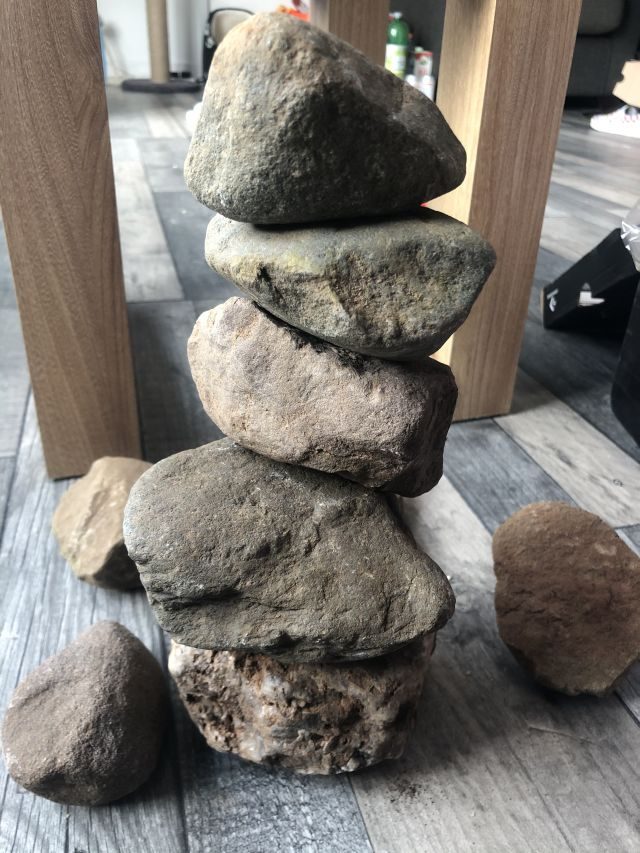by Miss McArthur
Do you have an old sheet lying around?
Do you have some empty spray bottles and/or paintbrushes?
If you do, then this activity might be the one for you!
You can help your child develop their big, gross motor muscles and their small, fine motor skills through painting on a large white sheet.
In this activity, the children were using varying brush sizes to accomplish the “splat” look! They have been developing their gross motor skills through using their shoulders, arms and wrists to splat with the brushes and they challenged each other to see who could splat the furthest.
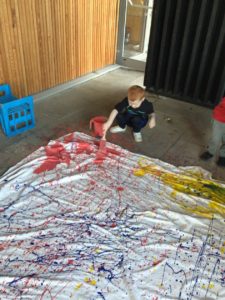

The children have also been developing their fine motor skills through the use of spray bottles. The children are manipulating the nozzle and using their knowledge of direction to ensure that they spray the sheet.
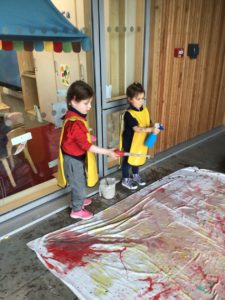



Did you know?
One of the most important skills developed through art activities is fine motor development. During art experiences, your child’s small muscles in their fingers, hands, and wrists are exercised and strengthened, helping to make learning to write easier!
Ideas to develop your child’s fine and gross motor skills at home:
● Spray bottles with paint or water- your child can spray a sheet to decorate it or spray the flowers to help care for them!
● Paint brushes- a variety of sizes are perfect to develop your child’s fine motor and pincer skills! Helpful hint- larger handles can be useful for younger children i.e. siblings under 3 as they will be able to grip the handle better!
● Chalking outdoors.
● Painting on large areas such as sheets or A3 paper will encourage children to use their bigger muscles in their shoulders and arms.
Painting and creating with your child, not only helps their creative development but it also stimulates their brain. They can also learn about colour mixing and colour recognition through art activities. Painting doesn’t always have to be sitting at the table with a paintbrush and paint, the opportunities are limitless; be creative and offer it to your child in a variety of ways, like large-scale painting, cling film on windows, window paints, and stone painting (to name a few!) Painting opportunities are great for developing your child’s social skills and their communication as they learn new terms, words and phrases and talk aloud about their thoughts and processes. We would love to see some Tweets of the art activities your child has taken part in at home.

